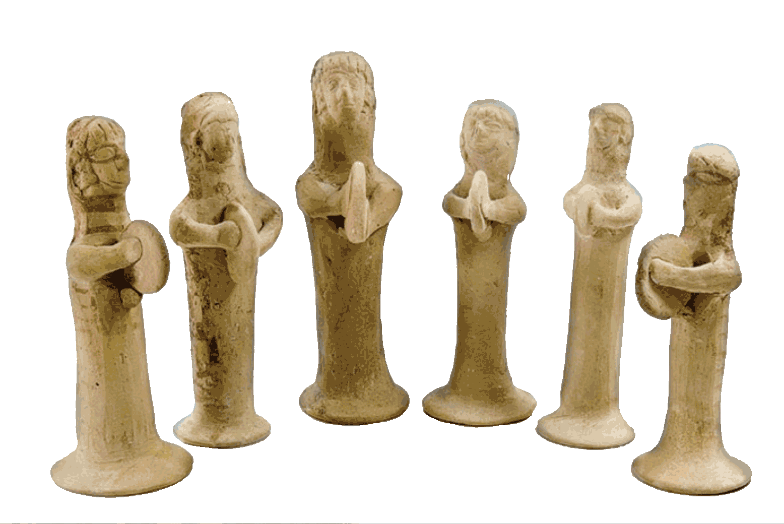Table of Contents
Table of Contents
Articles
The Rules of the Oral Transmission of the Mishnah According to the Aleppo Tradition
This study presents in outline the results of research designed to understand the laws governing the oral transmission of the Mishnah, the Jewish Oral Law. This compilation was originally orally transmitted and remained so until the end of the second century C.E., when it was committed to writing. Even after being fixed in writing, it was read and studied in Jewish communities without the aid of graphic signs such as the accents system used for reading the biblical texts. The vital importance of the Mishnah in the preservation of Jewish cultural identity, and the public character of its study, lead to the question whether the oral transmission obeys certain rules intended to ensure continuity and stability.
Articles
A Hassidic Ritual Dance: The Mitsve Tants in Jerusalemite Weddings
The aim of the present paper is to describe the ritual dance ('mitsve tants' or 'kosher tants' in Yiddish) performed, as a norm, by several male guests (mostly relatives) and the bridegroom with the bride, as the final public event of the wedding in most Hassidic communities. In our description we present some of the different forms of this ceremony in various Hassidic communities in Jerusalem. We also try to shed some light on the significance and function of the mitsve tants according to Hassidic thought. To this end we present a description of the ceremony in its totality, and focus in particular on the structural analysis of its musical and textual aspects.
Articles
Towards a Typology of the Judeo-Spanish Folksong: Gerineldo and the Romance Model
The work presented here marks a preliminary phase in a long-term project which seeks to define the Judeo-Spanish folksong as represented in its geographical distribution, by reference to a typology based on parameters which reflect the multidimensional character of the folksong. A definition will be obtained, therefore, when the different types of folksong in the Judeo-Spanish repertoire are identified.
Because the Judeo-Spanish folksong is a complex, dynamic phenomenon comprising, at the very least, two components, text and music, an interdisciplinary approach is necessary in order to arrive at a comprehensive definition. Our analysis, therefore, is conducted in accordance with parameters which take into account the multidimensional character of the Judeo-Spanish folksong: literary, musical, linguistic and performance.
Articles
Plurivocality in the Liturgical Music of the Jews of San‘a (Yemen)
Musicologists today agree that the traditional music of the Yemenite Jews has unique stylistic characteristics. These characteristics are found in the musical existence of certain specific musical elements common to all the Yemenite Jews. The search for these musical elements has been a main concern in the ethnomusicological studies of this Jewish tradition. Indeed, several scholars have striven - each in his or her own way - to deepen our understanding of the traditional musical styles of the Yemenite Jews.
Plurivocality, the simultaneous occurrence of different musical events in vocal performances, is one of the most salient characteristics of Yemenite Jewish music. In this article we will attempt to define the structure of this musical phenomenon in its performance context.
Articles
Towards an Interdisciplinary Study of Jewish Oral Traditions
In this article we propose to discuss and illustrate the need for pursuing the study of the oral aspect of Jewish traditions on a well-defined interdisciplinary basis. We shall discuss the concepts of oral tradition and of interdisciplinary methodology in the context of Jewish studies; the theoretical framework in which such an interdisciplinary methodology can be contained; and the tools to be used in the collecting and analysis of data. Throughout, we shall keep in mind the advantages and implications for the different domains of Jewish studies arising from the implementation of a multidimensional point of view in research. In attempting to construct a coherent theoretical and methodological whole, we shall base ourselves on a series of research enterprises relating to different aspects of Jewish traditions, as they have been undertaken by teams of specialists in different disciplines.
The first part of this paper will discuss the state of research with regard to concepts of oral tradition and interdisciplinary methodology. The second will try to show, on the basis of research in progress, the benefits of an interdisciplinary study of Jewish oral traditions. The third part suggests a methodological framework and tools for the use of linguists, historians, musicologists, anthropologists, and others.




